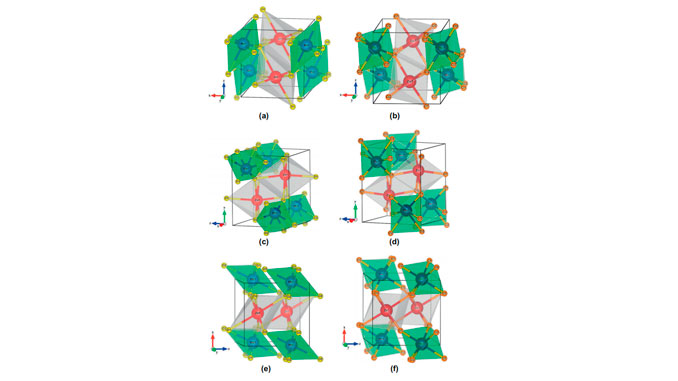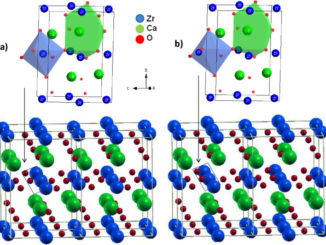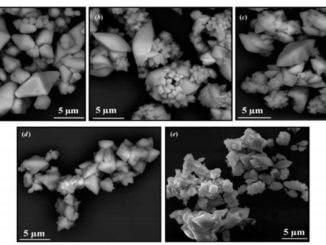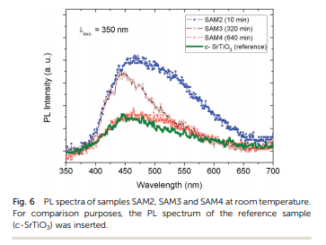
Writers: L.S. Cavalcante, E. Moraes, M.A.P. Almeida, C.J. Dalmaschio, N.C. Batista, J.A. Varela, E. Longo, M. Siu Li, J. Andrés, A. Beltrán
Keywords: ZnMoO4; Raman; Defects; Band gap; DFT; Photoluminescence
Abstract: In this paper, a combined theoretical and experimental study on the electronic structure and photoluminescence (PL) properties of beta zinc molybdate (b-ZnMoO4) microcrystals synthesized by the hydrothermal method has been employed. These crystals were structurally characterized by X-ray diffraction (XRD), Rietveld refinement, Fourier transform Raman (FT-Raman) and Fourier transform infrared (FTIR) spectroscopies. Their optical properties were investigated by ultraviolet–visible (UV–Vis) absorption spectroscopy and PL measurements. First-principles quantum mechanical calculations based on the density functional theory at the B3LYP level have been carried out. XRD patterns, Rietveld refinement, FTRaman and FT-IR spectra showed that these crystals have a wolframite-type monoclinic structure. The Raman and IR frequencies experimental results are in reasonable agreement with theoretically calculated results. UV–Vis absorption measurements shows an optical band gap value of 3.17 eV, while the calculated band structure has a value of 3.22 eV. The density of states indicate that the main orbitals involved in the electronic structure of b-ZnMoO4 crystals are (O 2p-valence band and Mo 4d-conduction band). Finally, PL properties of b-ZnMoO4 crystals are explained by means of distortions effects in octahedral [ZnO6] and [MoO6] clusters and inhomogeneous electronic distribution into the lattice with the electron density map
DOI: 10.1016/j.poly.2013.02.006




